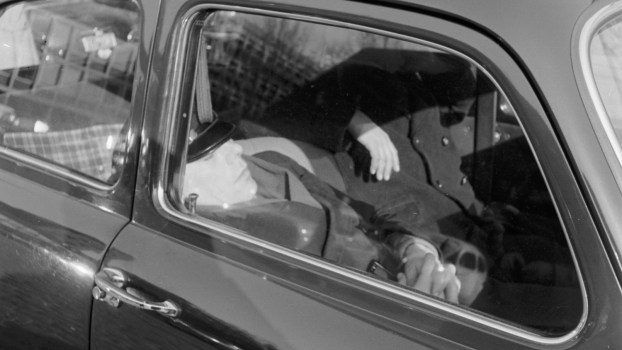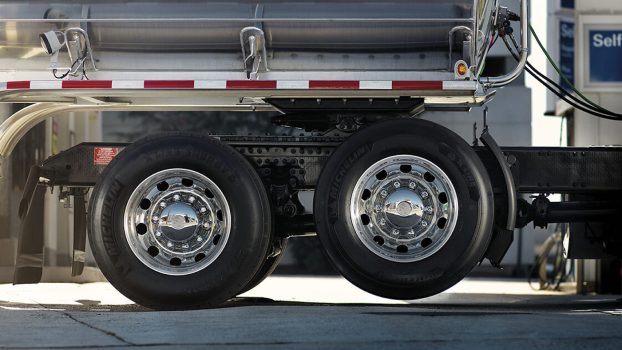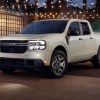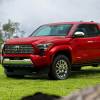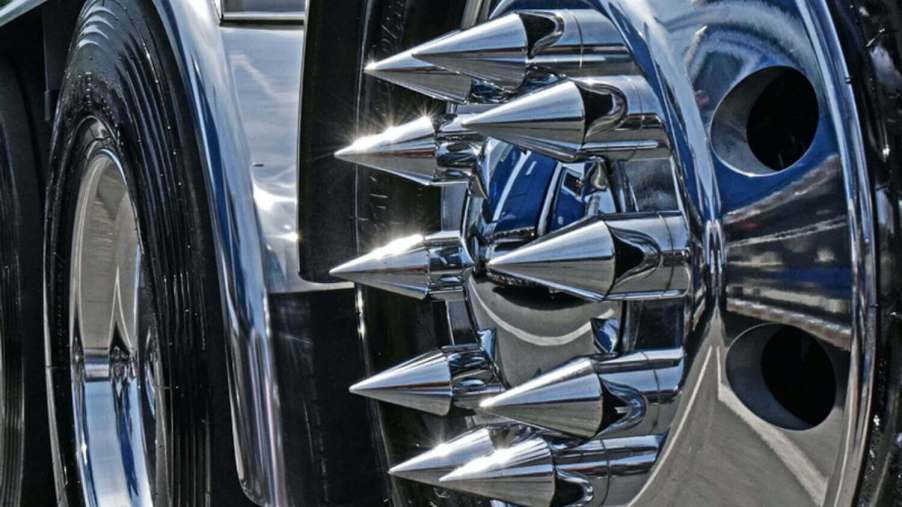
Are the Spikes on Semi-Truck Wheels Actually Legal?
So there I was, driving a one-lane mountain pass over Mexico’s Sierra Juárez mountains when who should I meet? A semi-truck coming the opposite way. I reversed to a curve with a wider shoulder, and the truck’s skillful driver completed a multi-point cliffside turn to leave me enough room to sneak by. But the first time he gestured for me to slip past his truck, I couldn’t. It was actually the truck’s spiked lug nuts robbing us of the inch of clearance we needed. In that moment I wondered, How can spikes on semi wheels actually be legal?
Why do some semi-trucks have spikes on their wheels?
The spikes you see on semi truck wheels are lug nut covers, advertised as a way to fling debris away from the lug nuts. Some semi-truck drivers say they install them to look cool, while others claim the spikes warn car drivers to keep their distance.
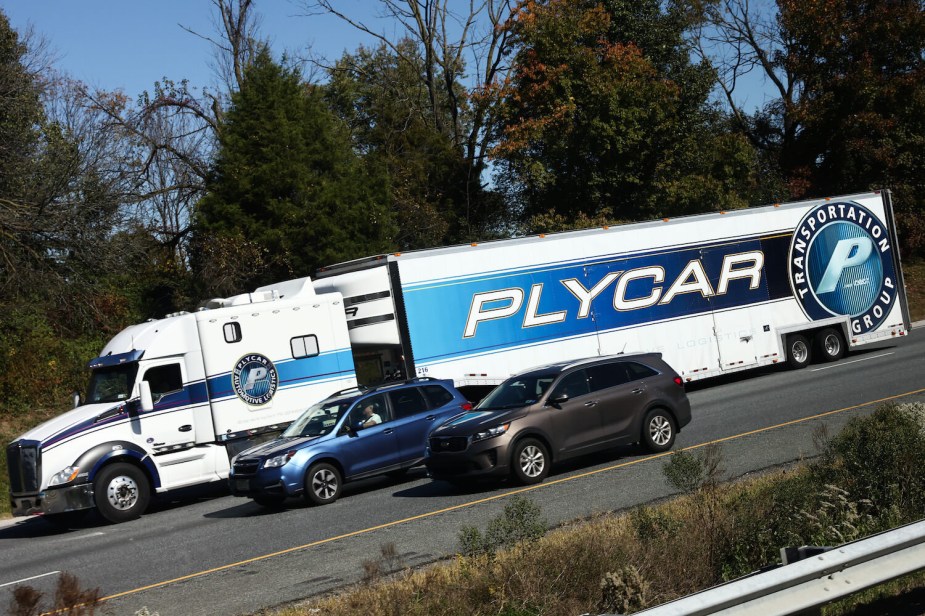
Why are some semi-truck drivers so intent on making car drivers keep their distance? Because these big rigs have big blind spots. From the cab of most semi-trucks, it’s impossible to see a car directly behind your trailer, passing your trailer, or even driving directly in front of you. Though most civilian drivers share the road with semi-trucks daily, they know little about staying safe around these vehicles.
In addition, many semi-truck drivers take pride in how their vehicles look. Some drivers are owner/operators: they own their trucks, hooking up to different trailers for different trips. North America has an especially strong culture of modifying and decorating these vehicles with various accessories. Many semi-truck owners feel spiked lug nut covers fit the look they are shooting for.
Are spikes on truck wheels legal?
While the federal government dictates that semi-truck lug nuts cannot be missing or loose, and the bolt holes cannot be “out of round,” it has no laws regulating the shape of lug nut covers. As long as these accessories don’t make the vehicle more than 12 feet wide, they are entirely legal.
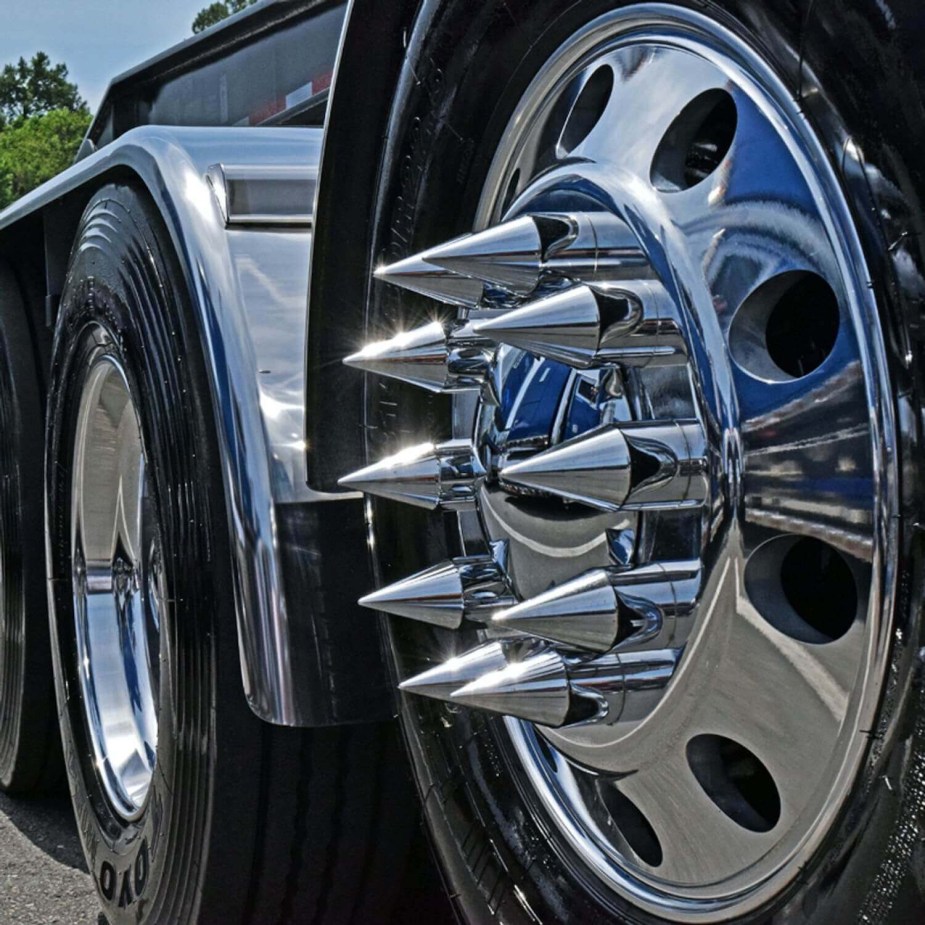
The lowdown on the federal regulations for semi-trucks comes courtesy of the lawyers at Pittman, Roberts, and Welsch (PRWLaw.com). The only state with a regulation on spiked lug nut covers is Hawaii. In the Aloha State, these spikes are allowed if they are less than four inches long.
Considering that the government regulates semi-truck light colors, it might be surprising that no one seems to care about huge spikes at passenger car door height. But here’s the truth: even though I found spiked lug nut covers to be an annoyance in my mountain pass adventure, I was never in danger.
Though they may look intimidating, most spiked lug nut covers are made of chromed plastic. Some are made of aluminum. None of them are weapons; they would all disintegrate immediately on impact with another vehicle–also according to PRW Law.
Spikes on truck wheels can be inconsiderate
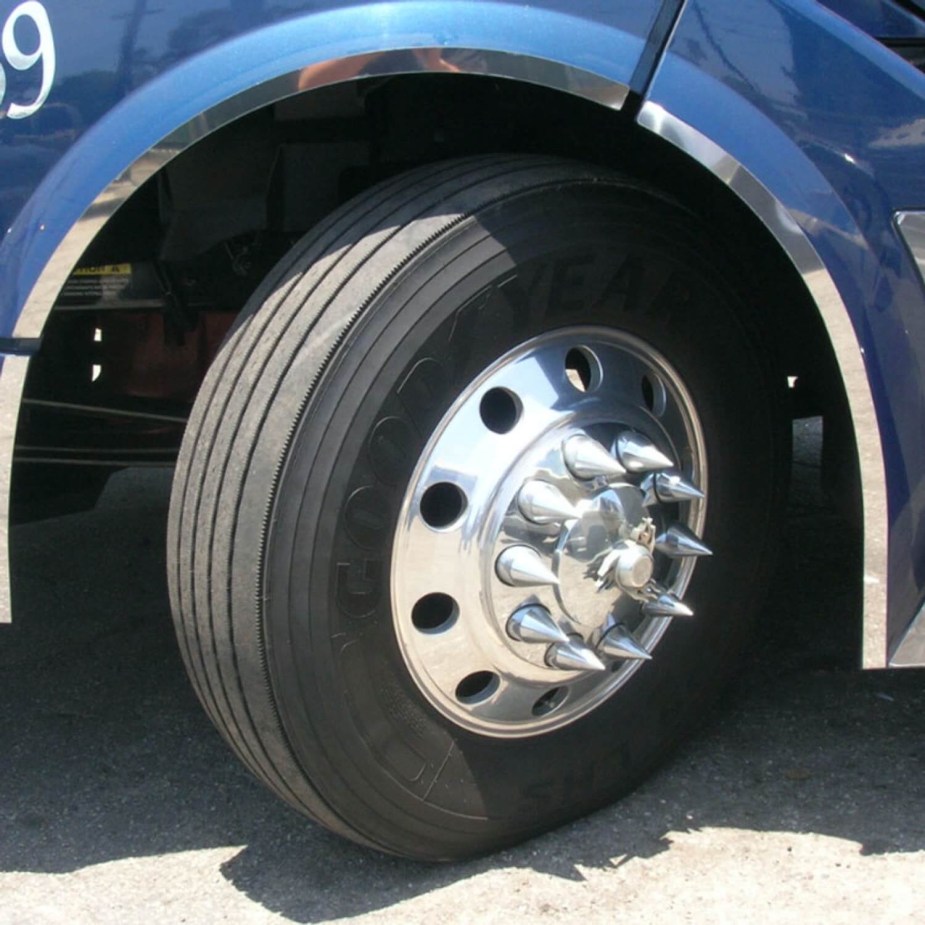
All-in-all, spiked lug nut covers don’t pose a risk and can actually remind motorists to avoid semi-truck blind spots. In this way, they may keep some motorists safe. In addition, they rarely extend past the width of the bumper, side steps, or air tanks of a semi-truck, so it’s nearly impossible for them to swipe a car–unless the car or the truck swerves.
That said, I experienced one of the rare situations in which spiked lug nut covers can be annoying or even dangerous. So if you are a member of the 0.01% of semi truck drivers regularly navigating one-lane mountain passes in your big rig, maybe think twice before installing spiked lug nut covers. Safe travels, and thanks for keeping our freight moving!
Next, find out whether the spikes on semi-truck wheels can actually damage cars or see a discussion on spiked lug nut covers in the video below:

